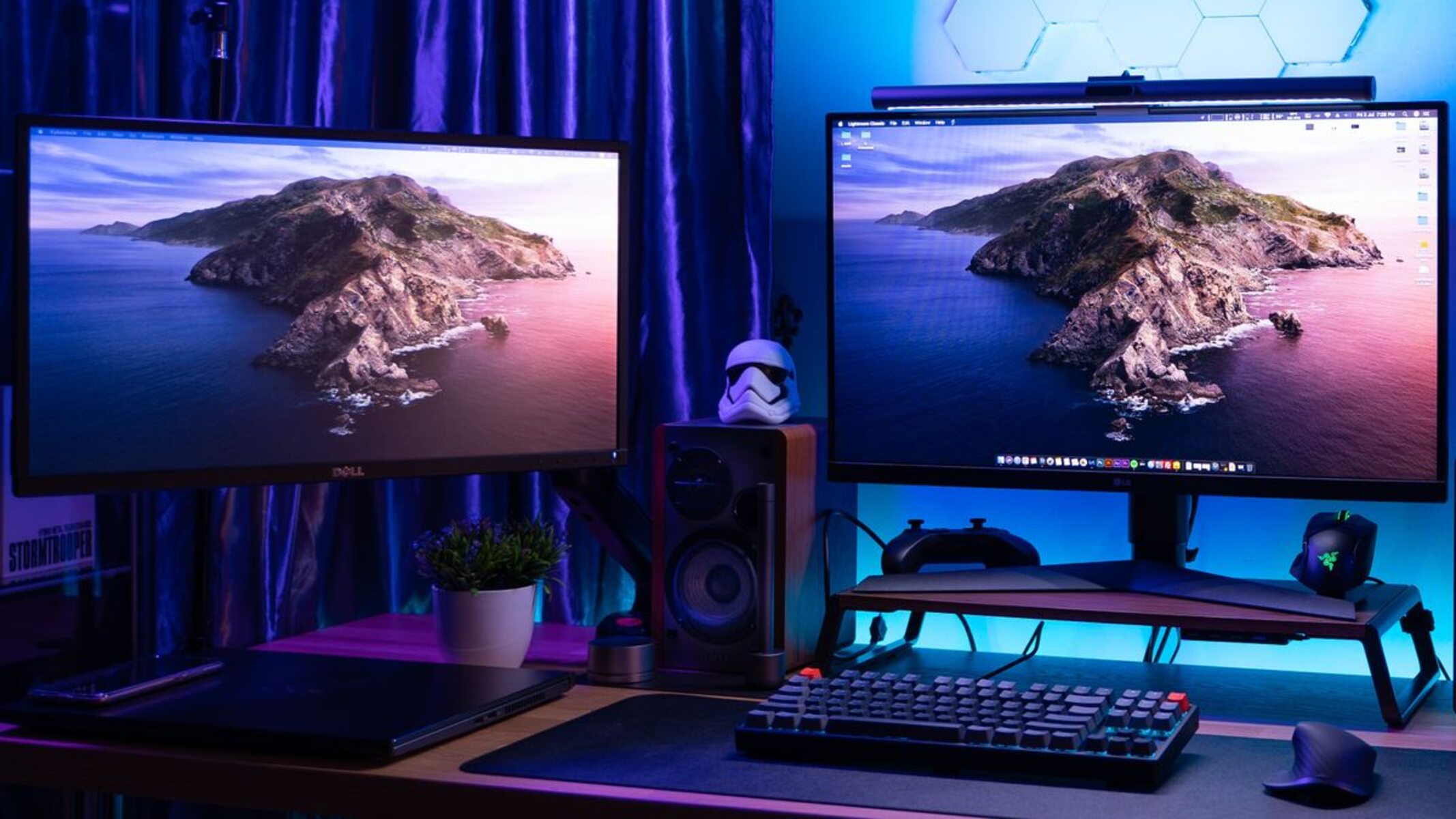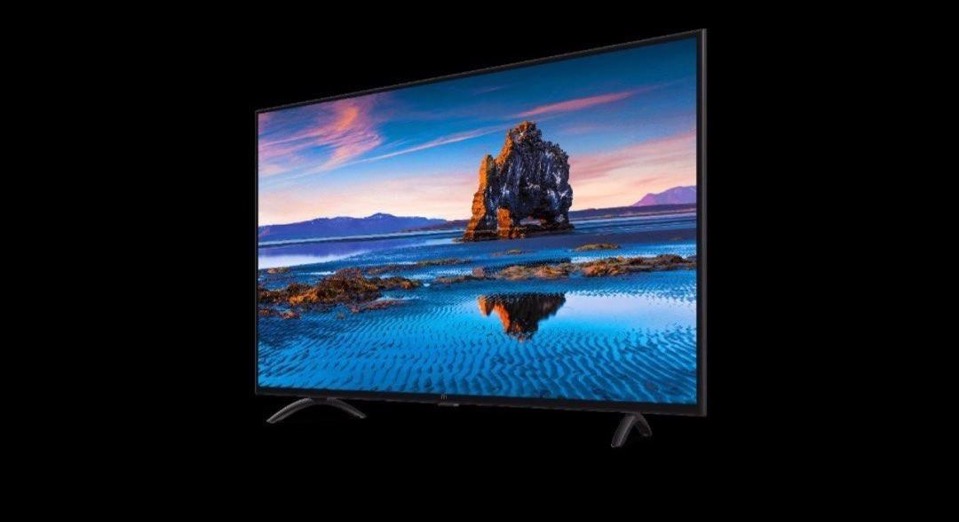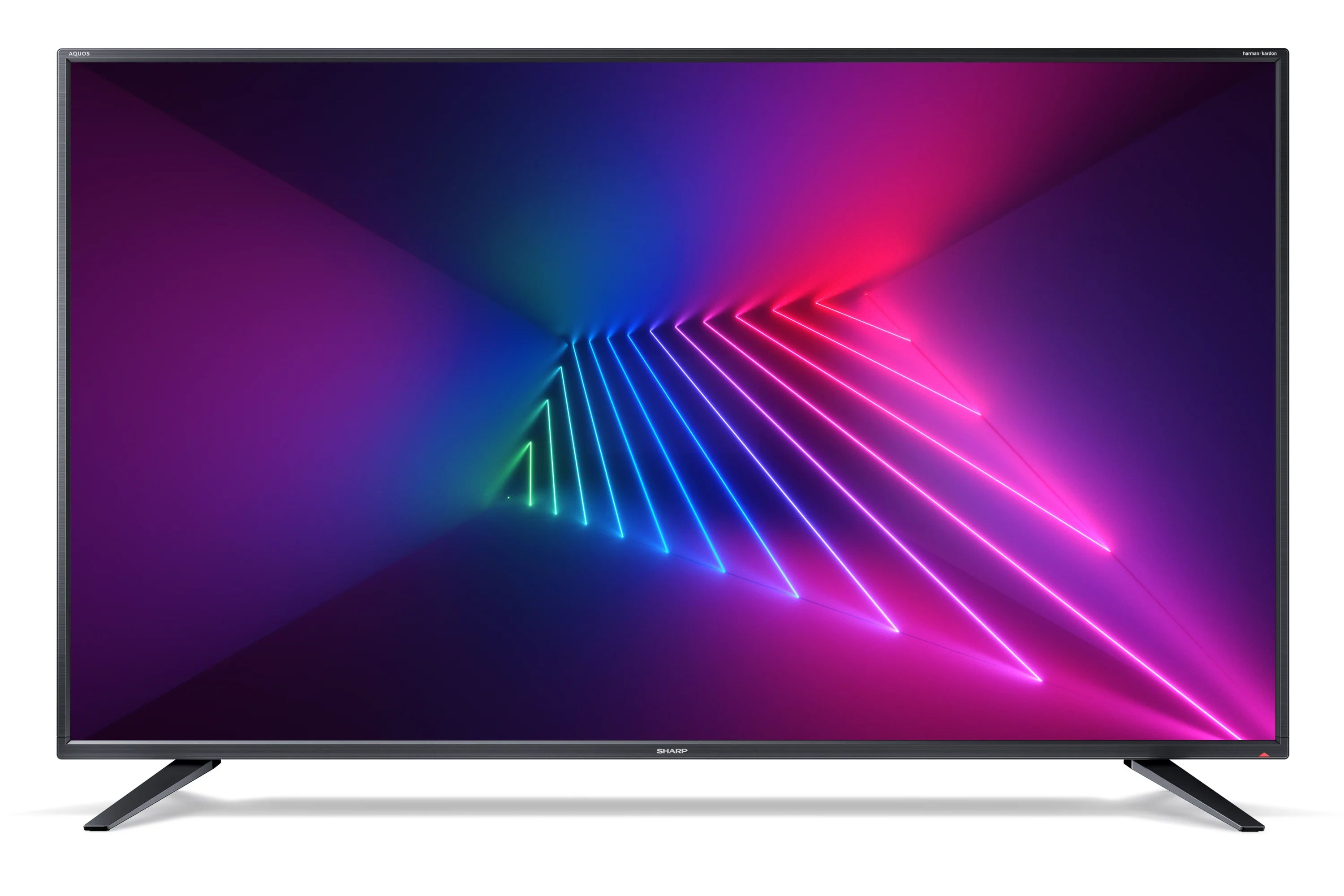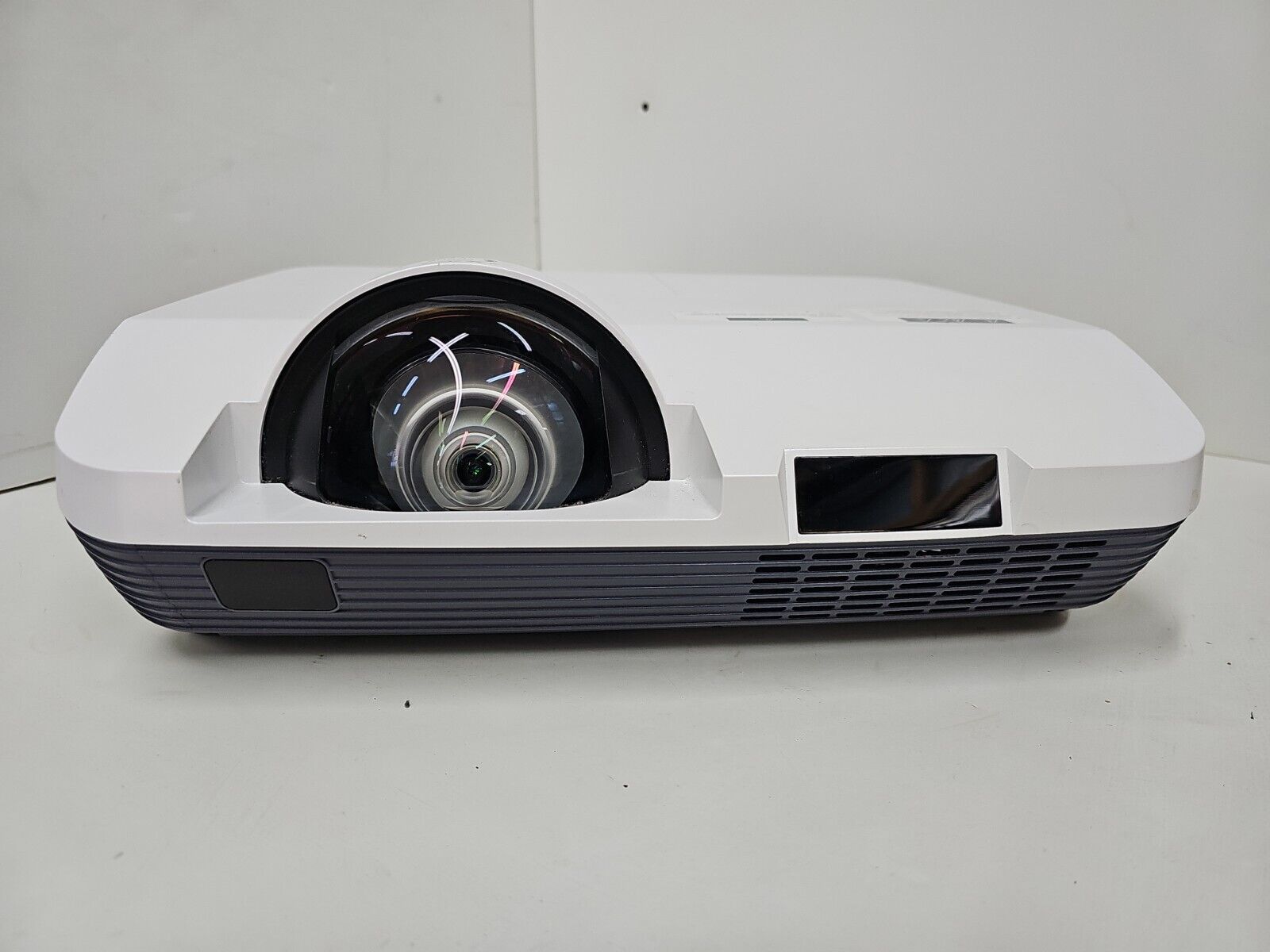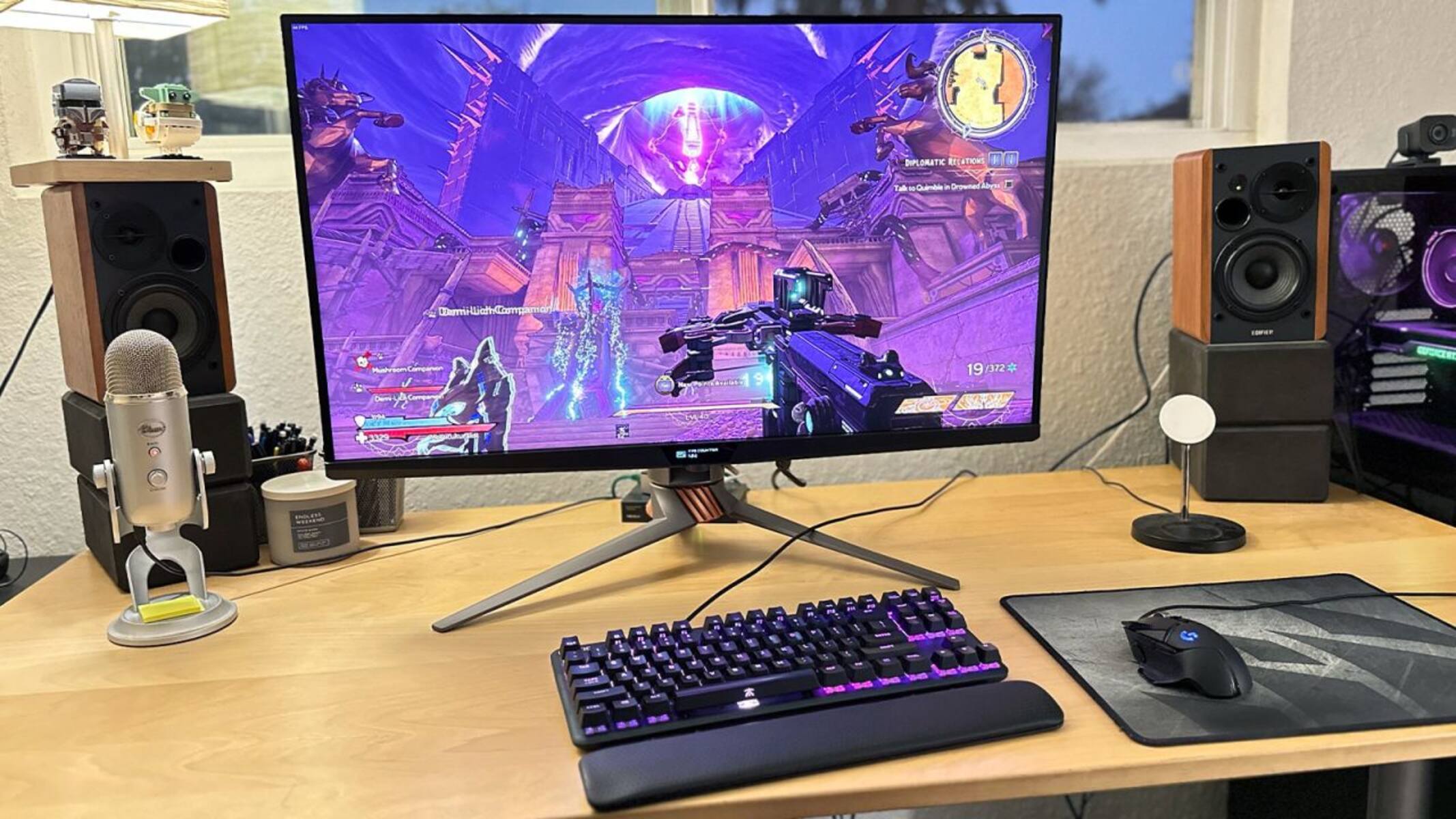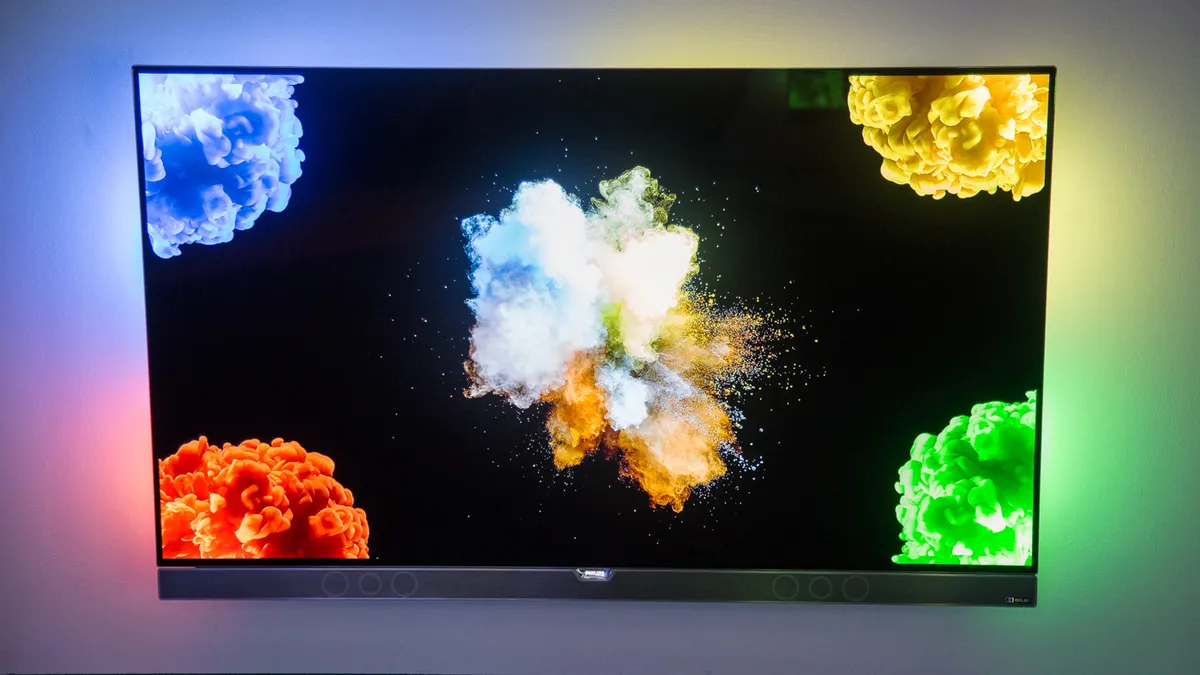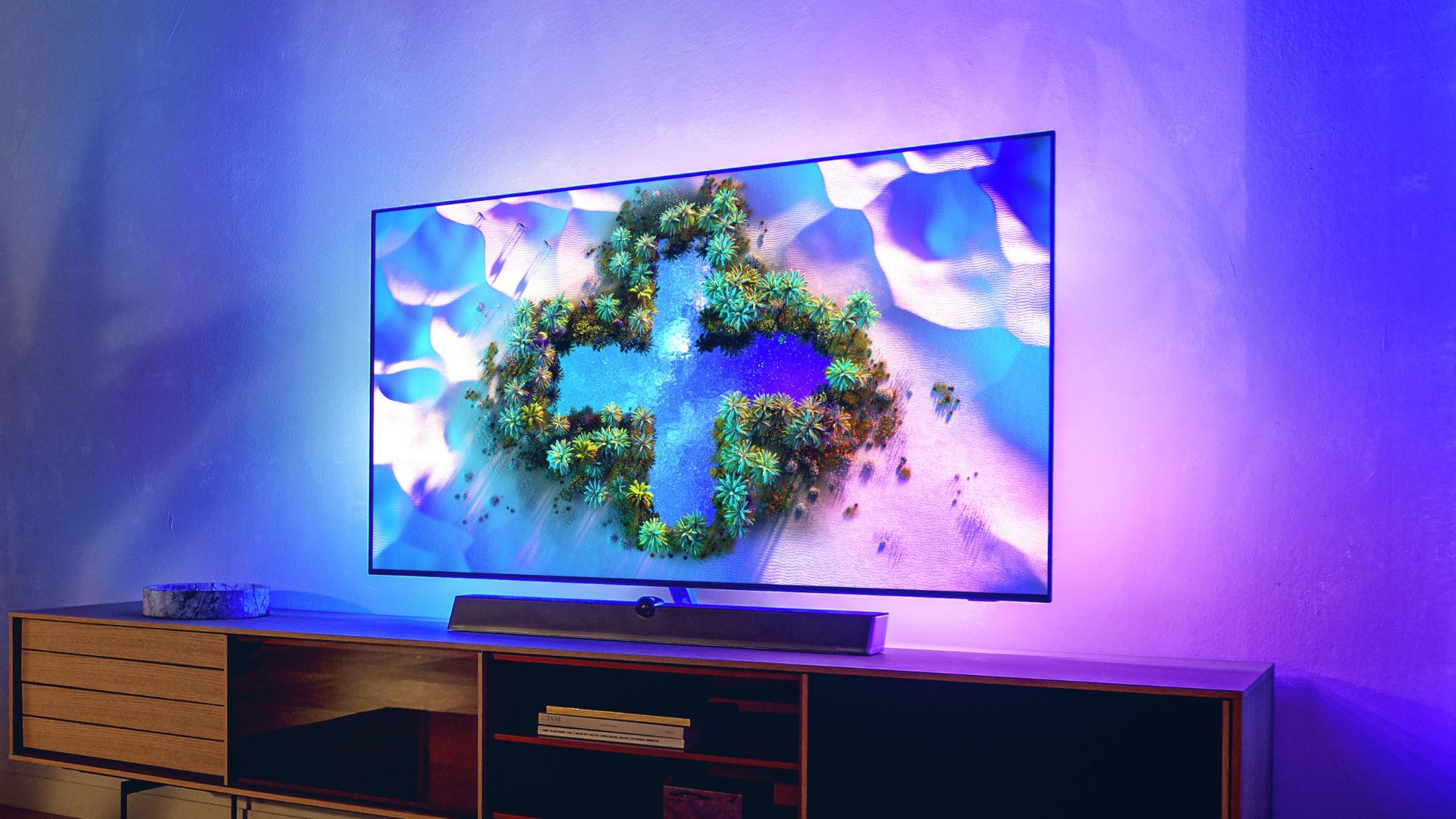Introduction
Gaming has become a popular pastime, and having the right equipment is essential for an optimal gaming experience. One crucial component of a gaming setup is the monitor. It serves as the window through which players witness all the action, making it critical to choose a monitor that meets their needs and enhances their gaming enjoyment.
When searching for a gaming monitor, one of the primary considerations is whether to opt for an LCD or LED-lit monitor. Both options have their advantages and cater to different preferences and budgets. Understanding the differences between LCD and LED-lit monitors can help gamers choose the most suitable display for their gaming needs.
In this article, we will delve into the characteristics of LCD and LED-lit monitors, explore the key differences between them, and discuss the factors to consider when selecting the ideal gaming monitor for an immersive and visually stunning gaming experience.
By examining the advantages and distinguishing features of LCD and LED-lit monitors, gamers will be better equipped to make an informed decision and find the perfect display to unlock the full potential of their gaming adventures.
LCD Monitors
LCD monitors, short for Liquid Crystal Display monitors, have been a staple in the world of gaming for many years. These monitors consist of a grid of tiny liquid crystals that can change their alignment to allow or block the passage of light. The crystals’ behavior is controlled by electric signals, resulting in the formation of images on the screen.
One of the primary advantages of LCD monitors is their wide availability and affordability. They come in a range of sizes and price points, making them accessible to gamers with various budgets. Additionally, LCD panels can produce vibrant and accurate colors, allowing gamers to fully immerse themselves in visually-rich gaming worlds.
Response time is another crucial factor to consider when gaming, and LCD monitors excel in this aspect. Many LCD panels now offer fast response times, reducing motion blur and enhancing the overall gaming experience. This makes LCD monitors suitable for fast-paced games where quick reactions are required.
Although LCD monitors provide excellent image quality and response times, they may have limitations in contrast levels and black uniformity. These factors may result in slightly less vibrant visuals and compromised details in dark scenes. However, advanced LCD technologies, such as in-plane switching (IPS) panels, have largely mitigated these issues, offering improved color accuracy, wider viewing angles, and higher contrast ratios.
It’s worth noting that LCD monitors are generally energy-efficient compared to other display technologies. They consume lower amounts of power, making them an eco-friendly choice for gamers conscious of their carbon footprint. Additionally, LCD panels are less prone to image retention or burn-in, ensuring a long lifespan for the monitor.
In summary, LCD monitors are widely available, affordable, and offer vibrant colors and fast response times, making them an excellent choice for gaming. Advanced LCD technologies have minimized drawbacks such as compromised contrast levels, ensuring an immersive gaming experience for players.
LED-Lit Monitors
LED-lit monitors, also known as LED monitors, have gained popularity in recent years due to their many advantages over traditional LCD monitors. LED stands for Light Emitting Diode, and these monitors use LED backlighting technology to illuminate the screen.
One of the standout features of LED-lit monitors is their superior energy efficiency. LED backlighting requires less power to generate bright and vibrant images compared to the cold cathode fluorescent lamps (CCFL) used in LCD monitors. This not only contributes to reduced energy consumption but also leads to thinner and lighter monitor designs.
LED monitors also excel in terms of brightness and contrast. The LED backlighting allows for more precise control of brightness levels, resulting in brighter whites and deeper blacks. This enhanced contrast ratio makes gaming visuals more dynamic and immersive, allowing for a more detailed and realistic visual experience.
Another advantage of LED-lit monitors is their lifespan. LED bulbs have a significantly longer lifespan compared to CCFL lamps, providing gamers with years of usage before they need replacing. This longevity makes LED monitors a cost-effective investment in the long run.
LED monitors are also capable of achieving a wider color gamut, providing a more extensive range of colors and increased color accuracy. This feature is particularly beneficial for gamers who appreciate vibrant and lifelike visuals, enhancing the overall gaming experience.
Despite their many advantages, LED monitors do have some drawbacks to consider. One issue is the potential for uneven backlighting, also known as backlight bleeding, particularly in darker scenes or when viewing the screen from extreme angles. However, manufacturers have made significant strides in reducing this effect with advanced backlighting technology.
Additionally, LED monitors tend to be more expensive compared to standard LCD monitors. The premium price is largely due to the cost of LED backlighting technology. However, the superior image quality and energy efficiency justify the higher price tag for many gamers.
In summary, LED-lit monitors offer superior energy efficiency, better contrast ratios, longer lifespan, and a wider color gamut compared to traditional LCD monitors. Although they may be slightly pricier, the enhanced visual experience and cost savings in the long run make LED monitors an excellent choice for gamers seeking top-notch performance.
Differences Between LCD and LED-Lit Monitors
While both LCD and LED-lit monitors have their merits, there are several key differences that set them apart. Understanding these distinctions can help gamers make an informed decision when selecting the ideal monitor for their gaming setup.
The main difference lies in the backlighting technology used in these monitors. LCD monitors use cold cathode fluorescent lamps (CCFL) as their light source, while LED-lit monitors employ light emitting diodes (LEDs) as their backlight. This variance in backlighting technology leads to variations in performance and overall visual experience.
One significant difference is the energy efficiency of LED-lit monitors. LED backlighting consumes less power compared to CCFL lamps, leading to lower energy consumption and resulting in cost savings over time. This energy efficiency also contributes to the slimmer and lighter designs of LED-lit monitors.
Brightness and contrast ratios are also notable differences between the two monitor types. LED-lit monitors tend to offer higher brightness levels and deeper blacks, resulting in superior contrast and more visually engaging gaming experiences. LCD monitors, on the other hand, may have limitations in contrast levels, leading to slightly less vibrant visuals in certain scenarios.
Another significant difference is the color gamut. LED-lit monitors typically have a wider color gamut, allowing for more vibrant and accurate colors. This is particularly beneficial for gamers who enjoy visually stunning and lifelike graphics. LCD monitors, while still capable of producing vivid colors, may not offer the same level of color reproduction as LED-lit monitors.
Response time is a crucial factor in gaming, and it varies between LCD and LED-lit monitors. LCD monitors have improved their response times and offer fast refresh rates suitable for gaming, reducing blur and ensuring smooth gameplay. LED-lit monitors, however, tend to have faster response times, resulting in minimal motion blur and a more seamless gaming experience.
Price is another aspect where LCD and LED-lit monitors differ. LCD monitors are generally more affordable, making them an attractive option for budget-conscious gamers. LED-lit monitors, on the other hand, usually come at a higher price point due to their energy efficiency and superior image quality.
In summary, the key differences between LCD and LED-lit monitors lie in their backlighting technology, energy efficiency, brightness and contrast ratios, color gamut, and price. Understanding these distinctions can help gamers choose the monitor that best suits their gaming preferences, budget, and desire for an immersive visual experience.
Factors to Consider When Choosing a Gaming Monitor
When it comes to selecting a gaming monitor, several factors should be taken into account to ensure an optimal gaming experience. Here are some key considerations to keep in mind:
- Screen Size: The size of the monitor can significantly impact your gaming experience. Consider how much space you have available and choose a screen size that provides an immersive gaming experience without compromising visibility or straining your eyes.
- Resolution: The resolution determines the level of detail and clarity in gaming visuals. Higher resolutions, such as 1080p (Full HD), 1440p (2K), or even 4K, can enhance the visual experience, but also require more powerful hardware to run smoothly.
- Refresh Rate: The refresh rate refers to the number of times the monitor updates the image per second. Higher refresh rates, such as 144Hz or 240Hz, can reduce motion blur and provide smoother gameplay, particularly in fast-paced games. However, a higher refresh rate may require a compatible graphics card.
- Response Time: Response time measures how quickly a monitor can change its pixels from one color to another. A lower response time, typically expressed in milliseconds (ms), results in less motion blur and ghosting. Aim for a monitor with a response time of 5ms or lower for optimal gaming performance.
- Connectivity: Consider the connectivity options available on the monitor, such as HDMI, DisplayPort, or USB-C. Ensure that the monitor has the necessary ports to connect with your gaming system and any other peripherals you may be using.
- Panel Type: Different panel types, such as TN (twisted nematic), VA (vertical alignment), and IPS (in-plane switching), have their own advantages and disadvantages. Consider factors like viewing angles, color accuracy, and contrast ratios when choosing the panel type that suits your gaming preferences.
- Adaptive Sync: Adaptive sync technologies, such as AMD FreeSync or NVIDIA G-SYNC, can help eliminate screen tearing and provide smoother gameplay. Check if the monitor supports the adaptive sync technology compatible with your graphics card.
- Additional Features: Consider any additional features that may enhance your gaming experience, such as built-in speakers, adjustable stands for ergonomic positioning, or customizable RGB lighting.
- Budget: Determine your budget range and look for monitors that offer the best value for your money while meeting your gaming requirements.
By considering these factors and prioritizing your specific gaming needs, you can select a monitor that enhances your gaming experience and allows you to fully immerse yourself in the virtual world.
Advantages of LCD Monitors for Gaming
LCD monitors offer several advantages that make them a popular choice among gamers. Understanding these advantages can help you make an informed decision when selecting a monitor for your gaming setup:
- Wide Availability and Affordability: LCD monitors are widely available in various sizes and price ranges, making them accessible to gamers with different budgets. You can find a suitable LCD monitor that meets your gaming needs without breaking the bank.
- Vibrant Colors: LCD monitors can produce vibrant and accurate colors, providing an immersive gaming experience. Whether you’re exploring a vivid fantasy world or engaging in intense battles, the vibrant colors bring the visuals to life and enhance your overall enjoyment.
- Fast Response Time: Many LCD panels now offer fast response times, reducing motion blur and ensuring smooth gameplay. This is particularly advantageous in fast-paced games where quick reactions are essential. You can enjoy sharp and clear visuals without worrying about blurring or ghosting.
- In-Plane Switching (IPS) Technology: LCD monitors with IPS technology offer wider viewing angles, improved color accuracy, and higher contrast ratios. These features provide a consistent and visually appealing gaming experience, no matter where you’re sitting in front of the screen.
- Energy Efficiency: LCD monitors are generally energy-efficient compared to other display technologies. They consume less power, contributing to lower electricity bills and reducing your environmental footprint. You can indulge in gaming sessions without worrying about excessive energy consumption.
- Long Lifespan: LCD panels have a long lifespan, ensuring durability and longevity. They are less prone to image retention or burn-in, meaning you can enjoy countless gaming adventures without concerns about screen damages or deterioration.
With these benefits, LCD monitors offer a reliable and enjoyable gaming experience. Whether you’re a casual gamer or a dedicated enthusiast, an LCD monitor can provide you with vibrant visuals, fast response times, and long-lasting performance.
Advantages of LED-Lit Monitors for Gaming
LED-lit monitors have gained popularity among gamers for their numerous advantages and cutting-edge technology. Here are some key advantages of LED-lit monitors that make them an excellent choice for gamers:
- Energy Efficiency: LED-lit monitors are highly energy-efficient compared to traditional LCD monitors. The LED backlighting consumes less power, resulting in reduced energy consumption and lower electricity bills. This efficiency not only benefits the environment but also helps you save money in the long run.
- Superior Brightness and Contrast: LED monitors provide higher brightness levels and deeper blacks, resulting in superior contrast ratios. This enhanced contrast makes gaming visuals more dynamic and immersive, allowing for a more detailed and realistic gaming experience. You’ll appreciate the richness of colors and the depth of shadows in your favorite games.
- Long Lifespan: LED bulbs have a significantly longer lifespan compared to the fluorescent lamps used in LCD monitors. This extended lifespan ensures a longer-lasting monitor and reduces the need for frequent replacements. You can enjoy uninterrupted gaming sessions without worrying about the longevity of your display.
- Wider Color Gamut: LED-lit monitors typically offer a wider color gamut, providing a more extensive range of colors and increased color accuracy. This wider color spectrum allows for more vibrant and lifelike visuals, enhancing the overall visual experience of your games. You’ll be able to appreciate every subtle nuance and detail in the game’s graphics.
- Slimmer and Lighter Design: LED backlighting technology allows for thinner and lighter monitor designs compared to traditional LCD monitors. This sleek and compact design not only looks aesthetically pleasing but also gives you more flexibility in positioning and setting up your gaming station.
- Reduced Environmental Impact: LED-lit monitors contribute to a greener environment. Their energy efficiency and longer lifespan result in reduced waste and a lower carbon footprint. By choosing an LED-lit monitor, you can enjoy gaming while being conscious of your environmental impact.
With their energy efficiency, superior brightness and contrast, wider color gamut, and sleek design, LED-lit monitors provide gamers with an exceptional visual experience. Whether you’re playing fast-paced action games or exploring immersive open-world adventures, an LED-lit monitor will elevate your gaming experience to new heights.
Conclusion
When it comes to choosing a gaming monitor, the decision between LCD and LED-lit monitors ultimately depends on your personal preferences, budget, and gaming requirements. Both types of monitors offer their own unique advantages.
LCD monitors are widely available, affordable, and provide vibrant colors and fast response times. With advanced technologies like IPS panels, LCD monitors have overcome their limitations in contrast levels and offer an immersive gaming experience. They are an excellent choice for gamers seeking reliable performance without breaking the bank.
On the other hand, LED-lit monitors offer superior energy efficiency, enhanced brightness and contrast ratios, wider color gamut, and a sleek design. They provide a visually stunning and immersive gaming experience, making them ideal for gamers who appreciate vibrant graphics and want to invest in long-lasting performance.
Regardless of your choice, there are other factors to consider such as screen size, resolution, refresh rate, response time, panel type, connectivity options, and additional features. These factors can further enhance your gaming experience and provide you with the optimal display for your gaming needs.
Ultimately, the perfect gaming monitor is one that complements your gaming style, enhances the visuals of your favorite games, and fits within your budget. Consider your priorities, evaluate the advantages of each monitor type, and make an informed decision that aligns with your preferences.
Whether you opt for an LCD or LED-lit monitor, choosing a high-quality display will undoubtedly elevate your gaming experience, providing you with stunning visuals, smooth performance, and an immersive gaming world to explore. So, take your time, do your research, and select the monitor that will unlock the full potential of your gaming adventures.







